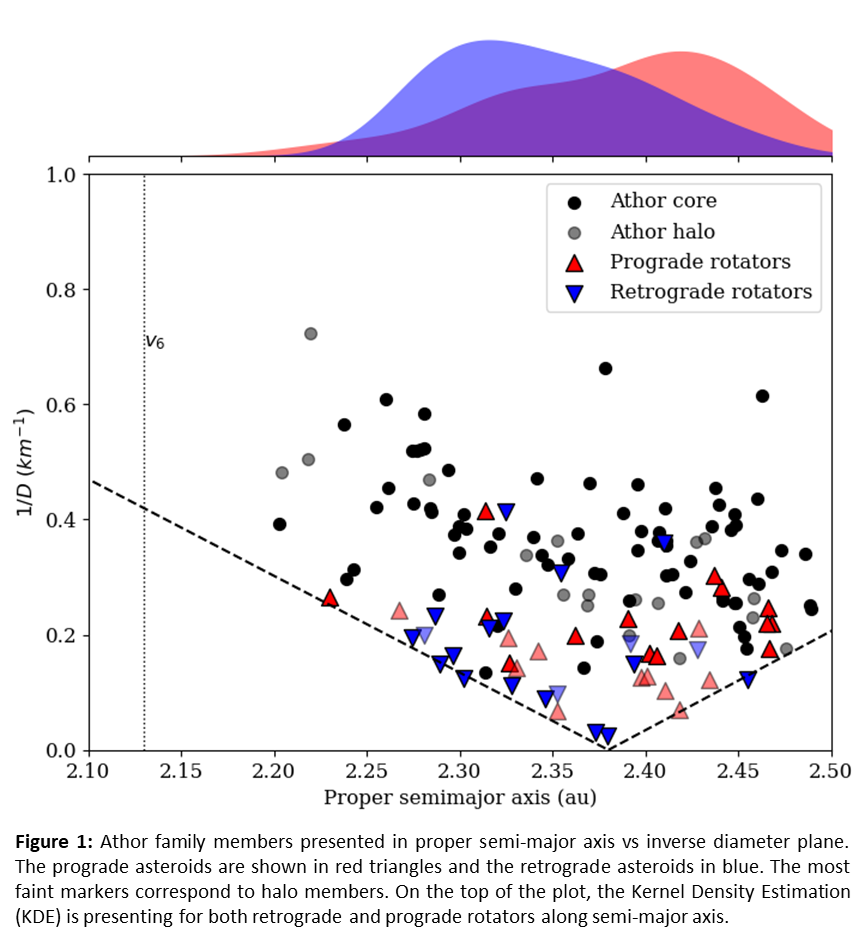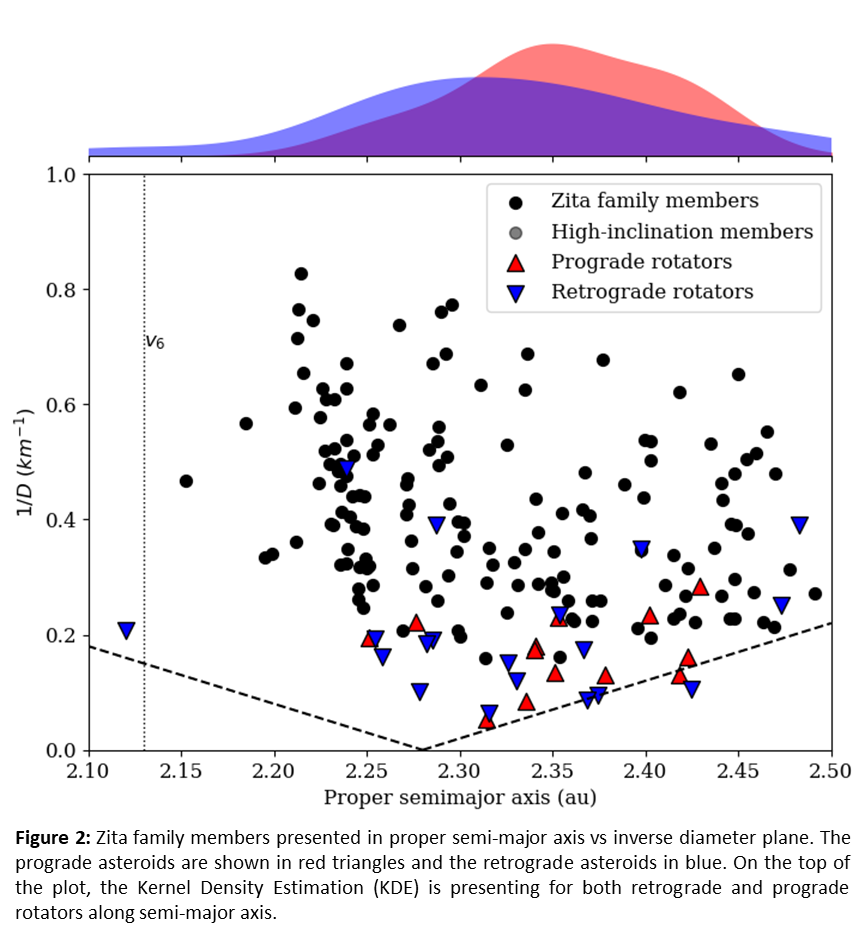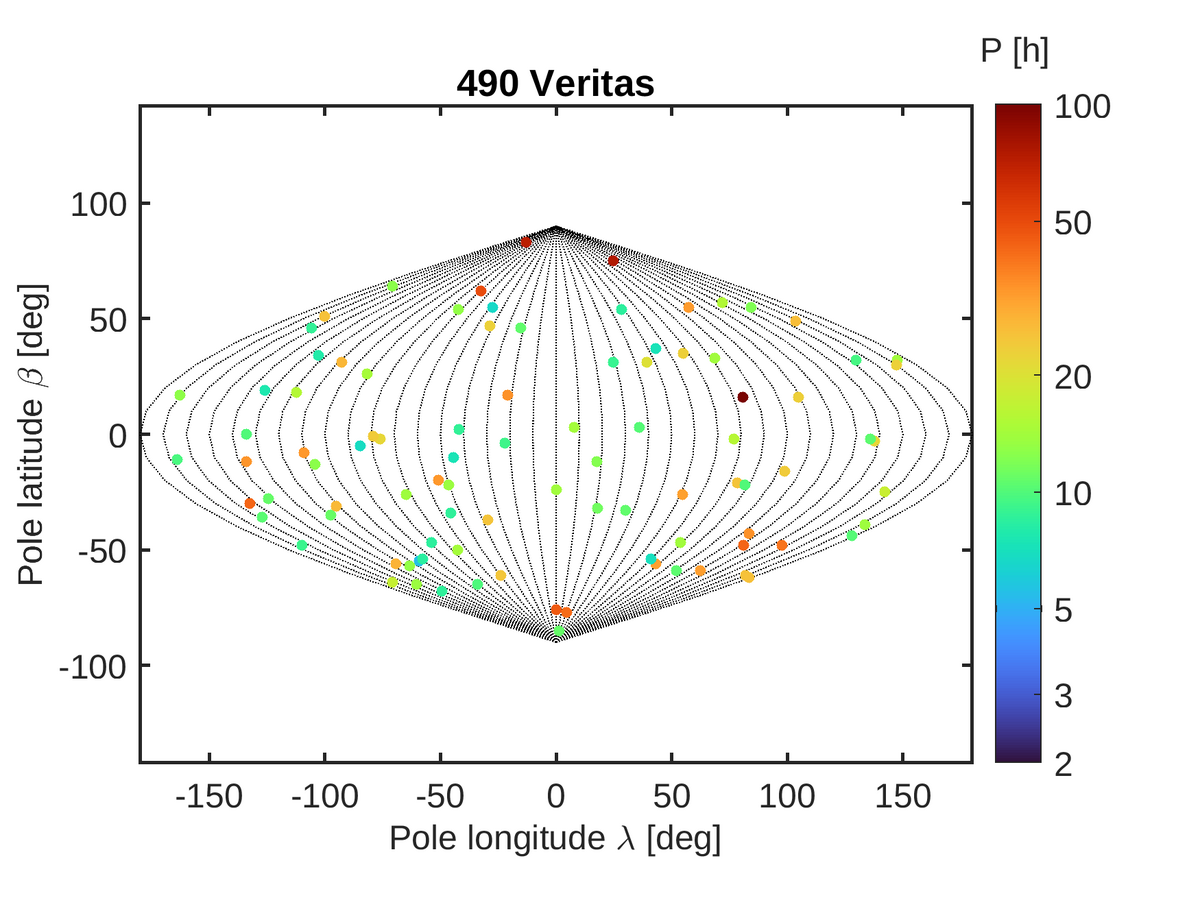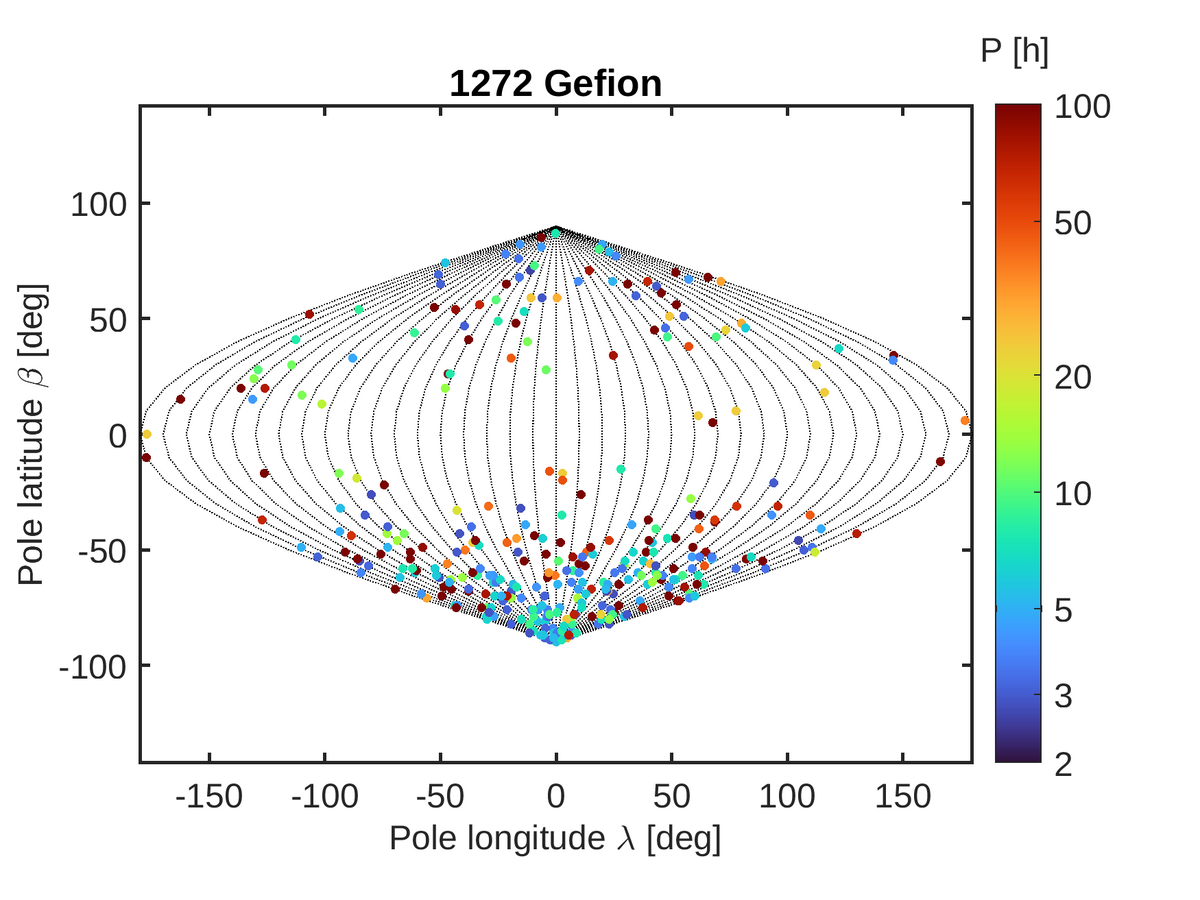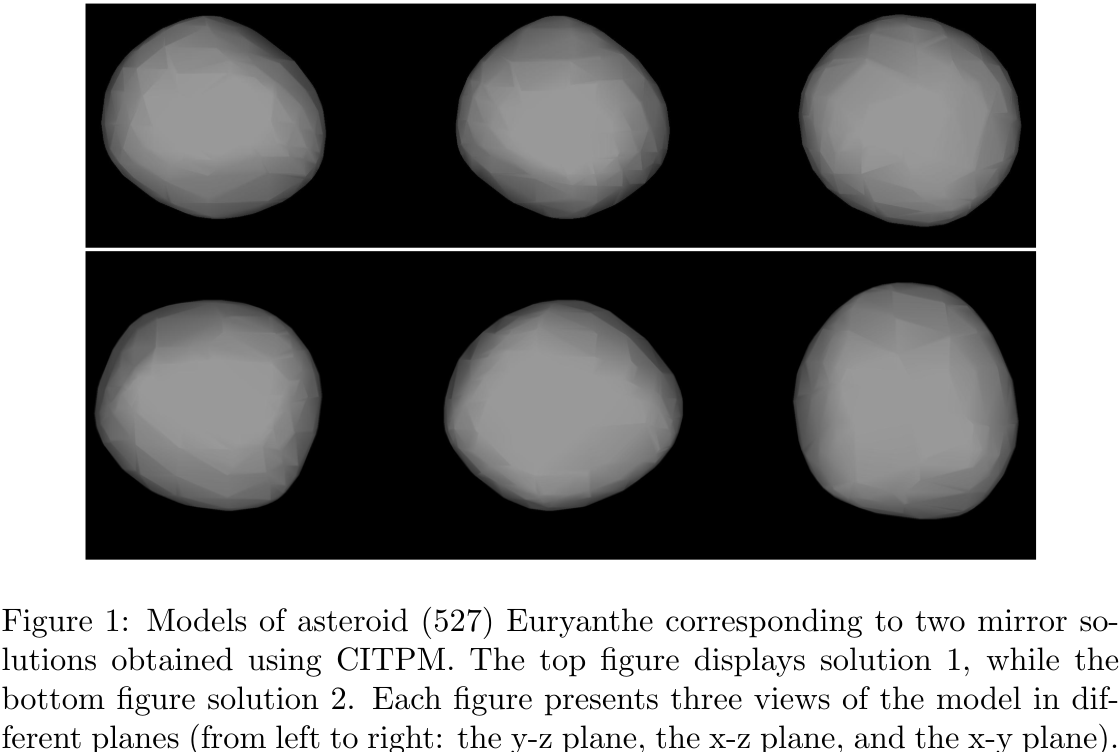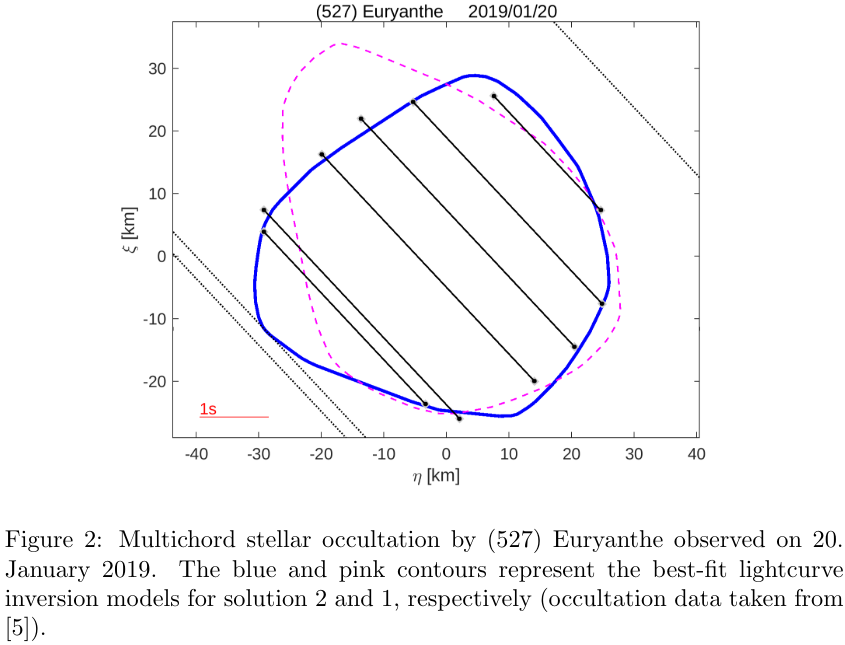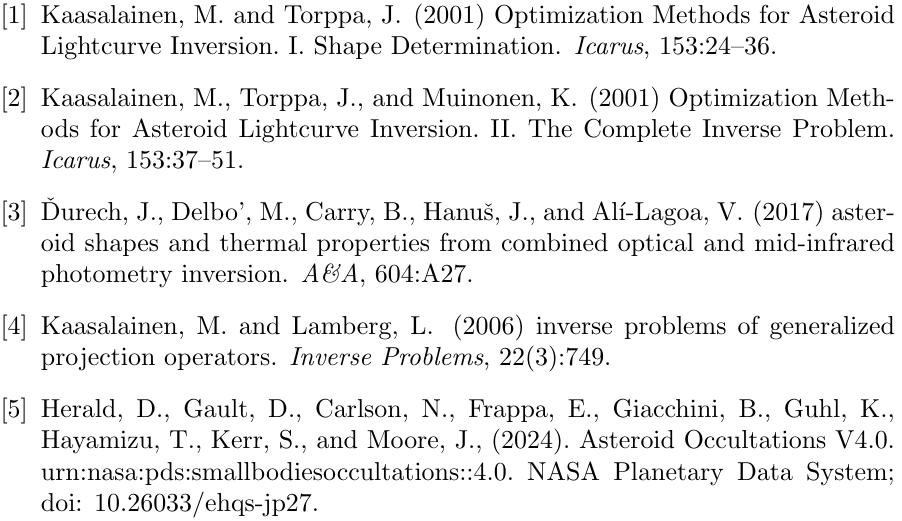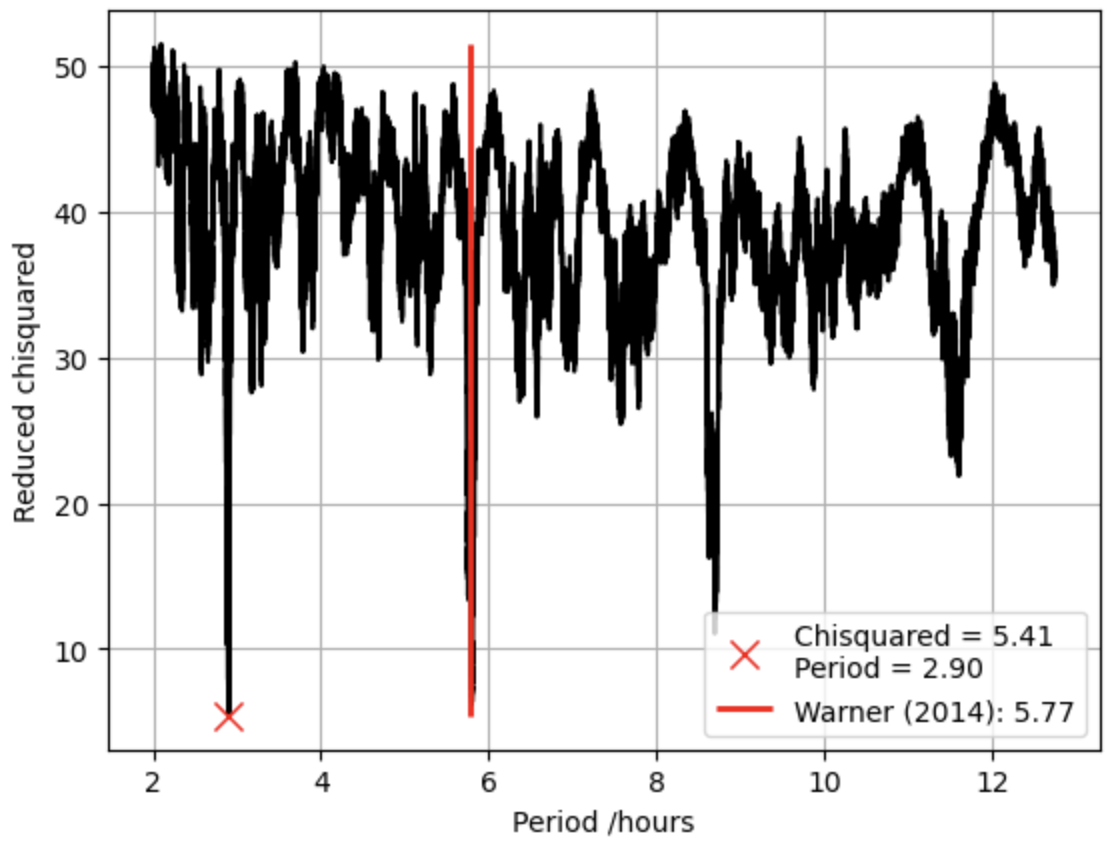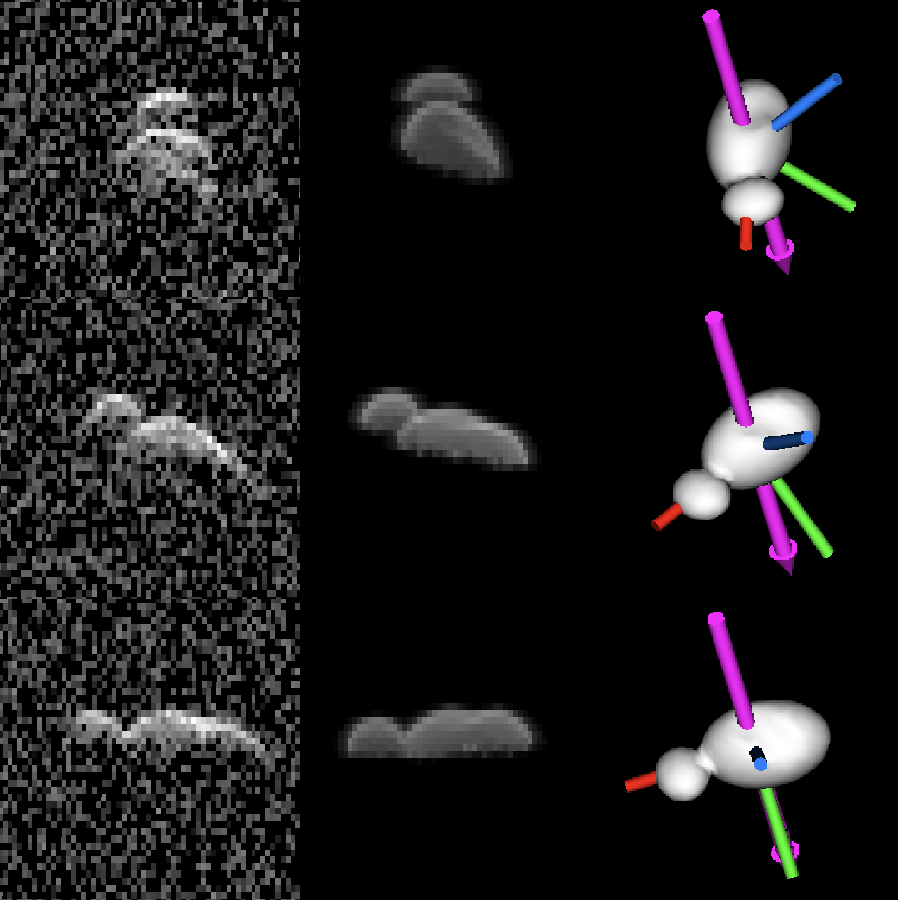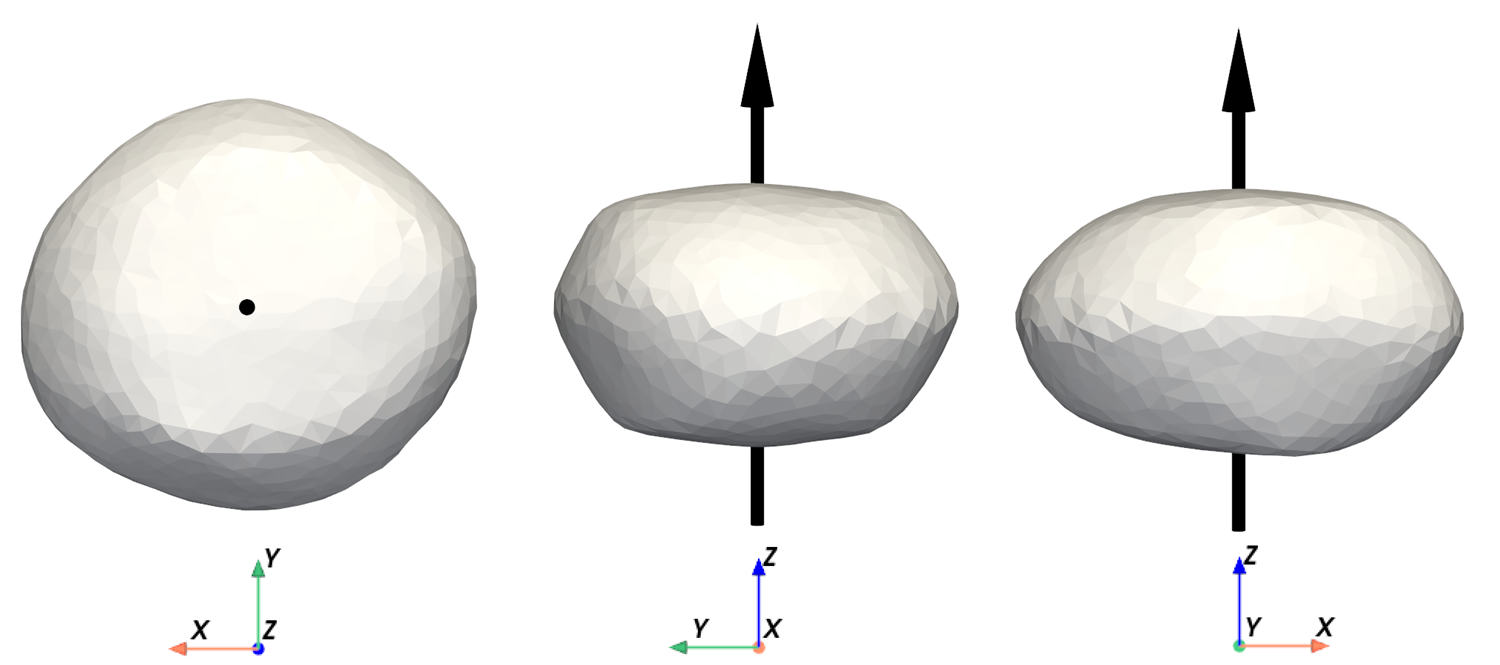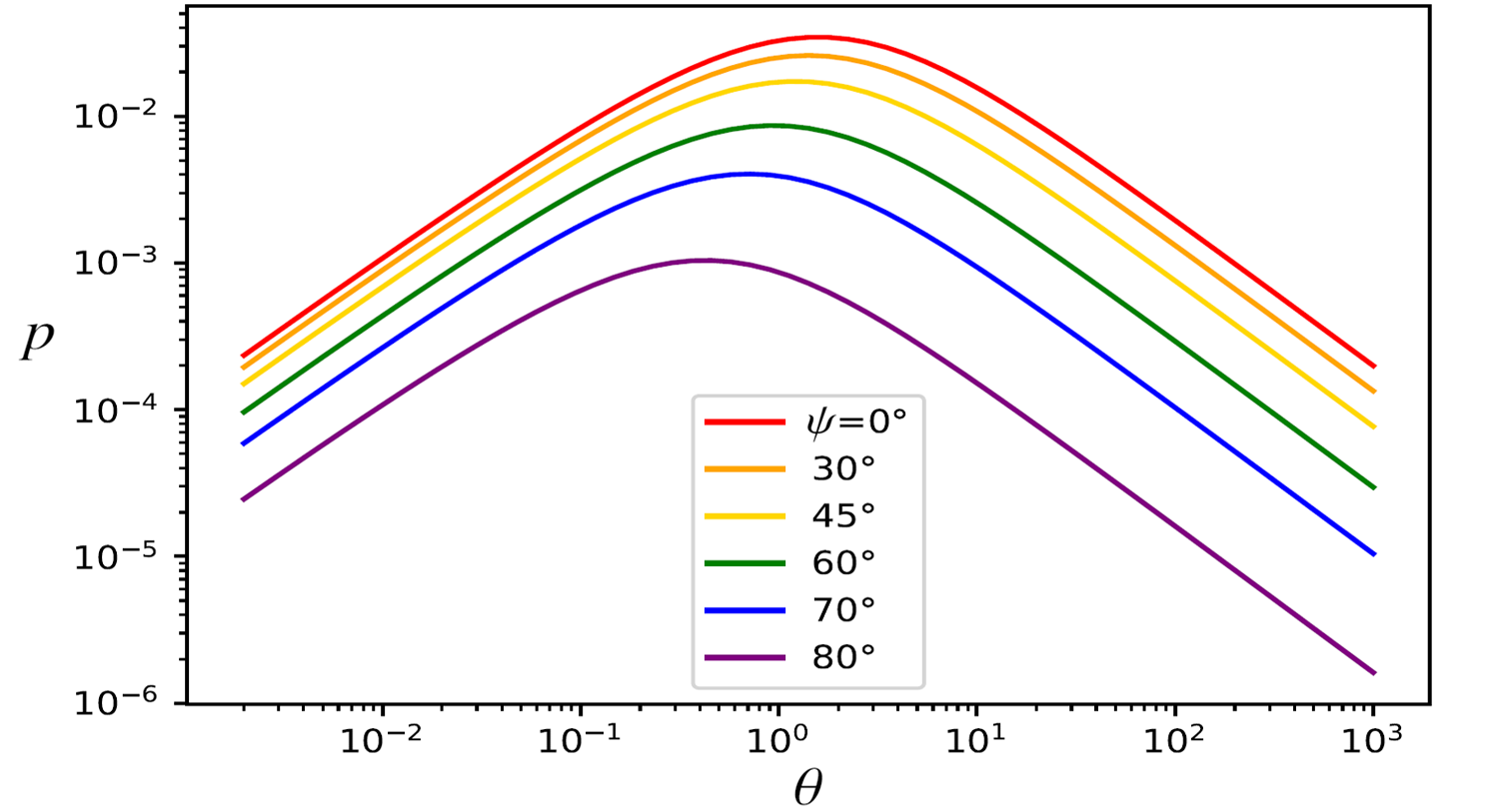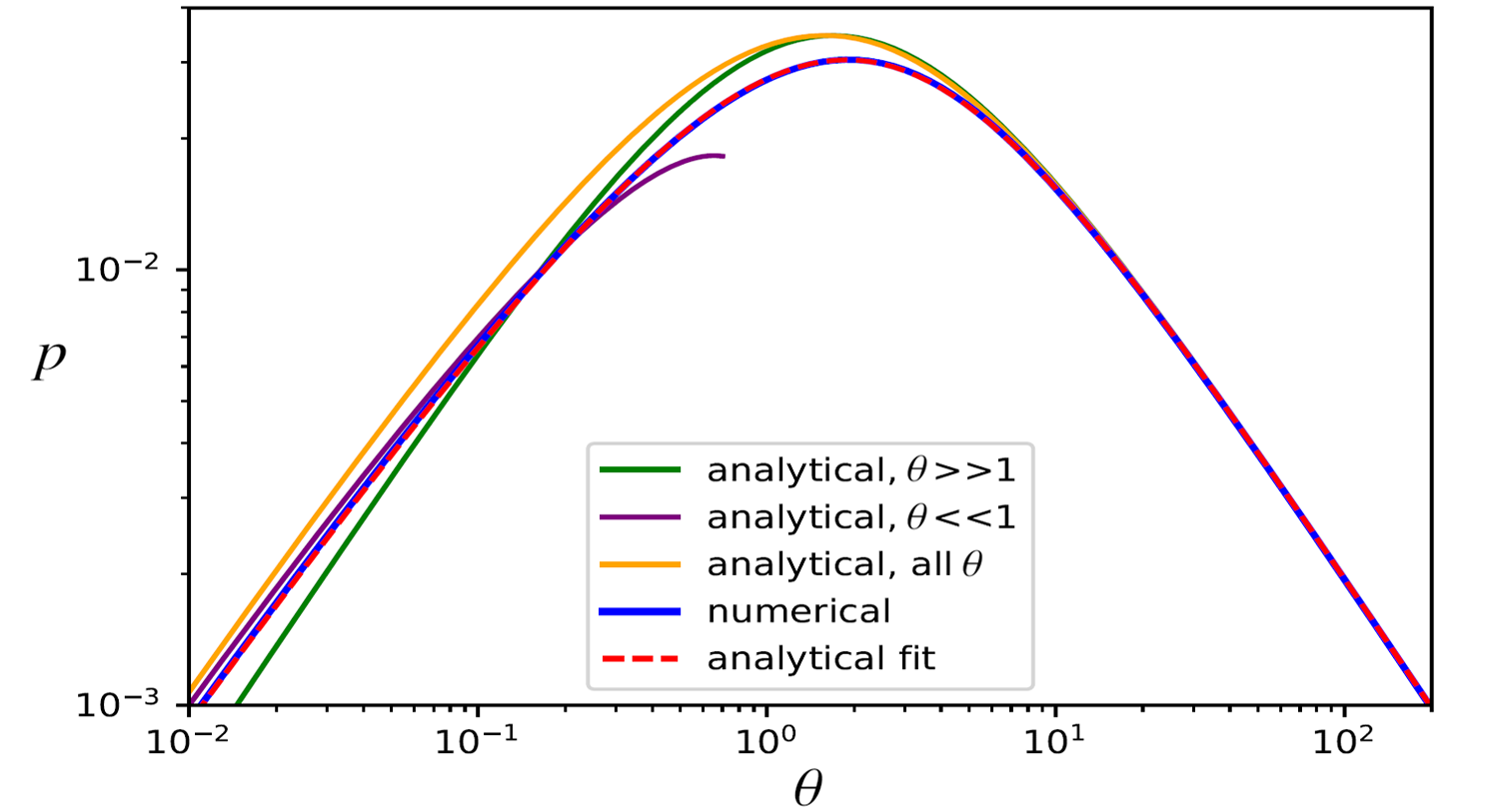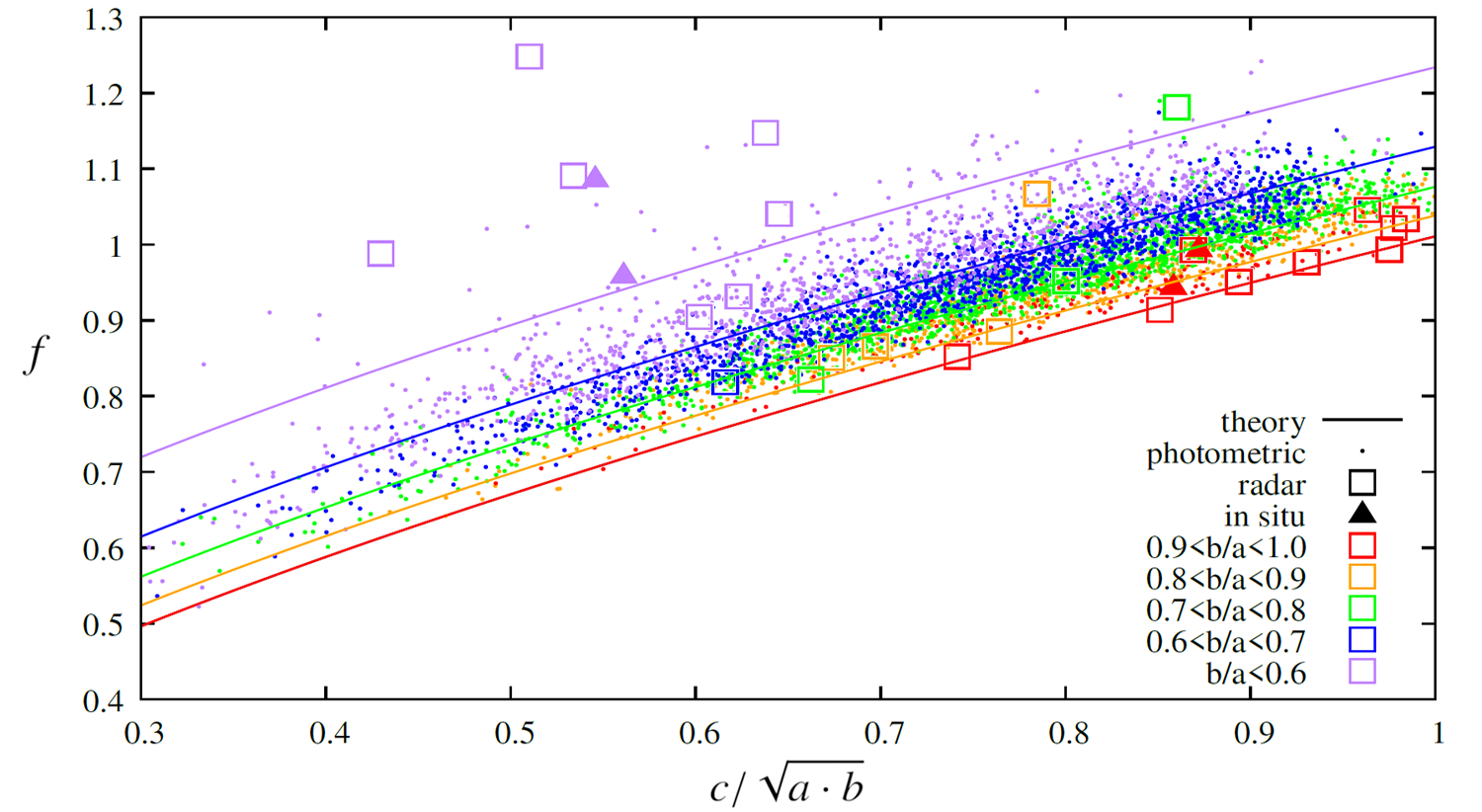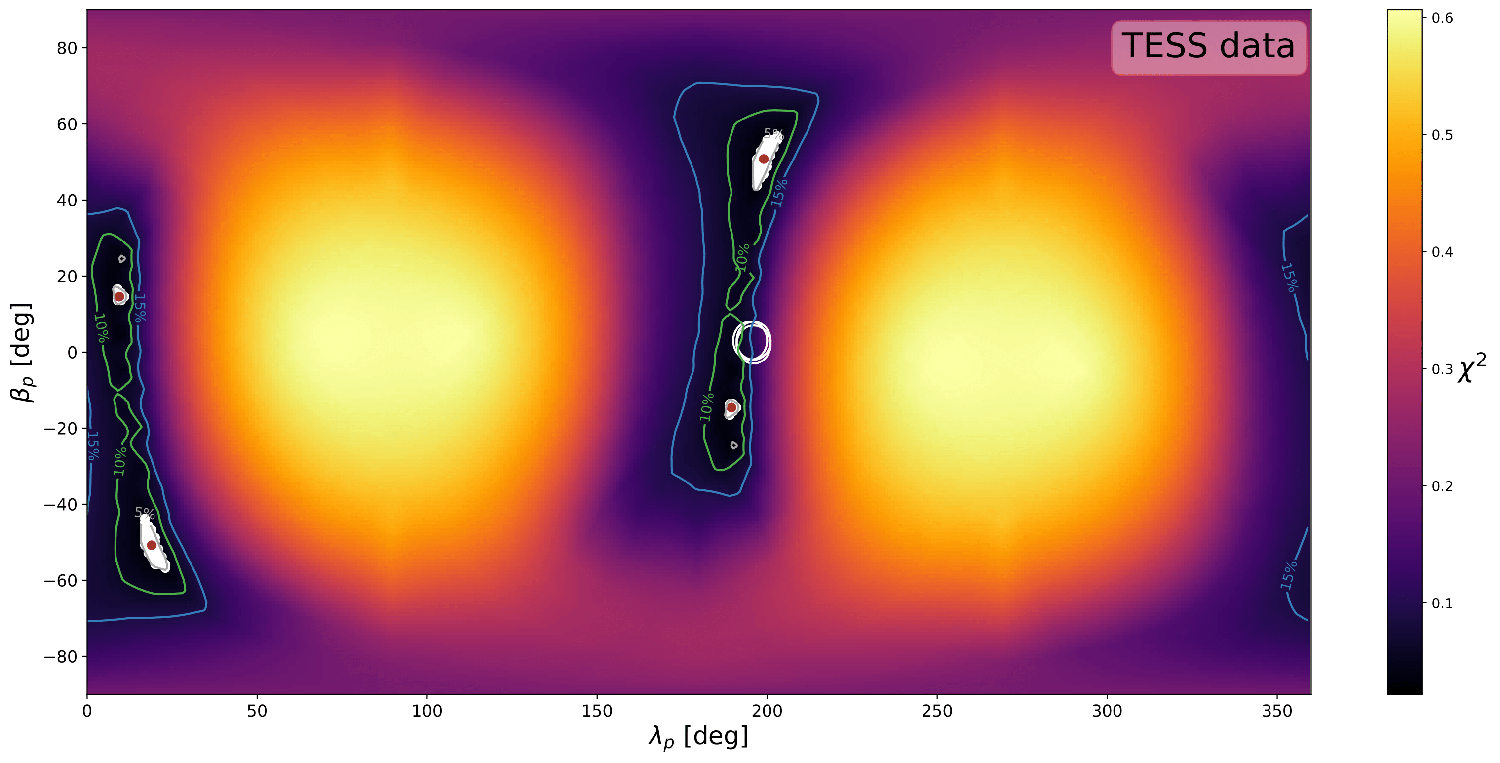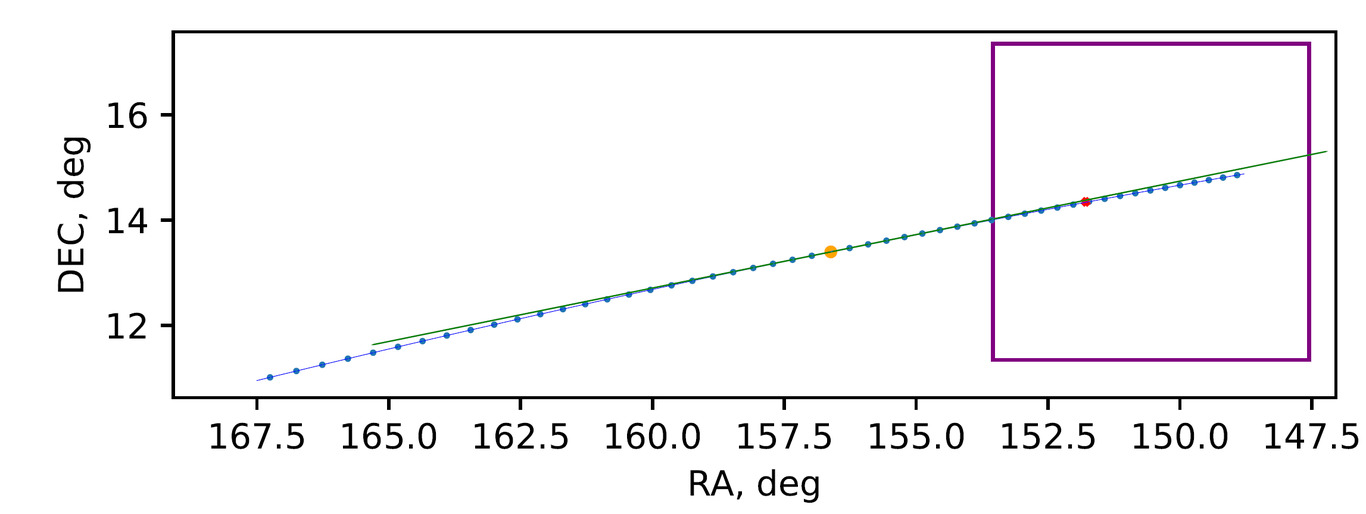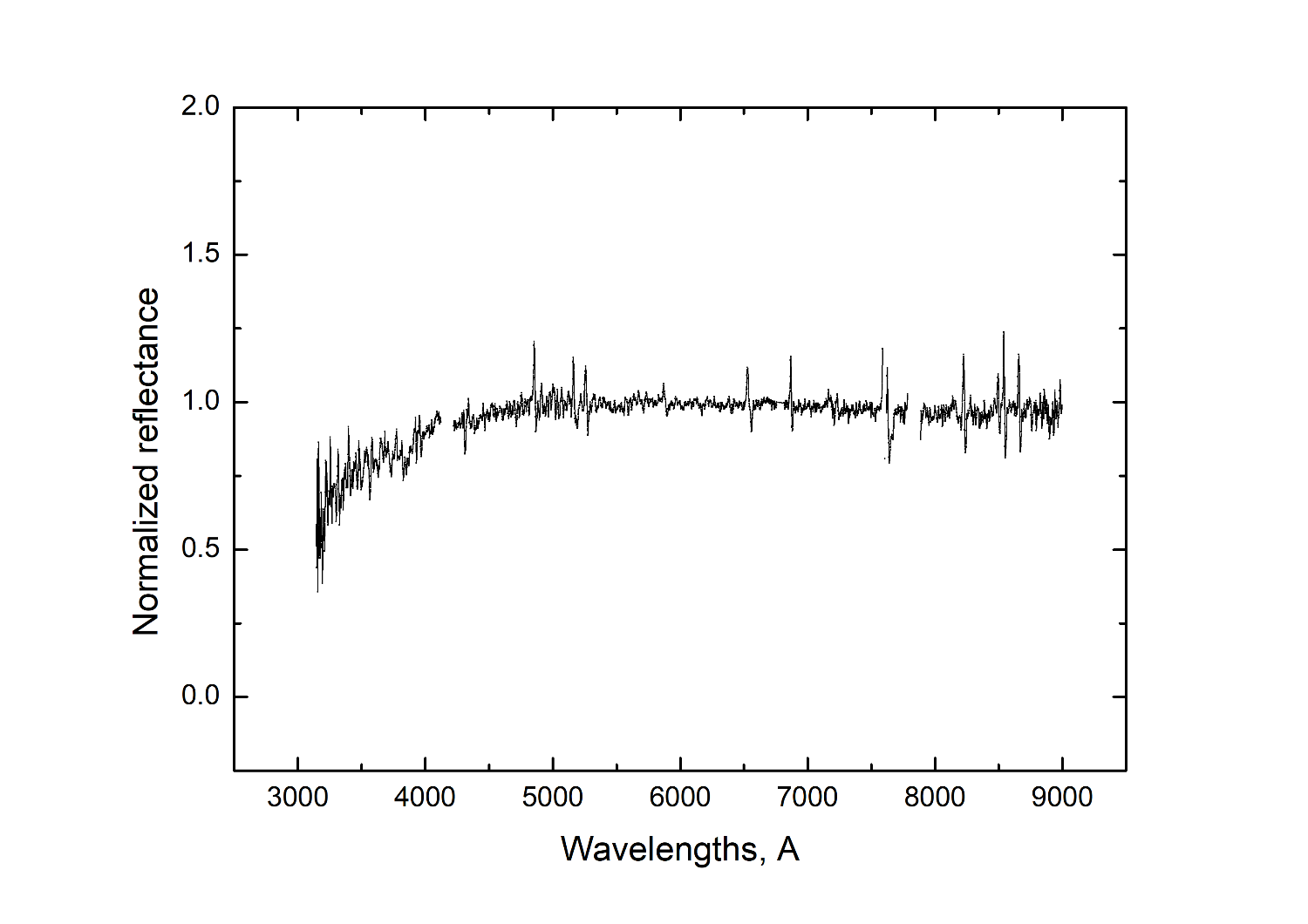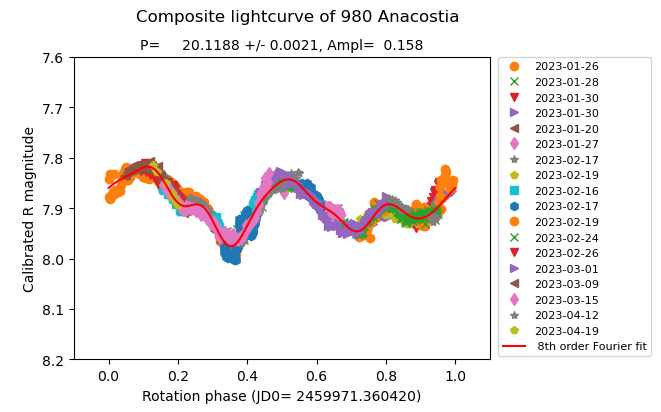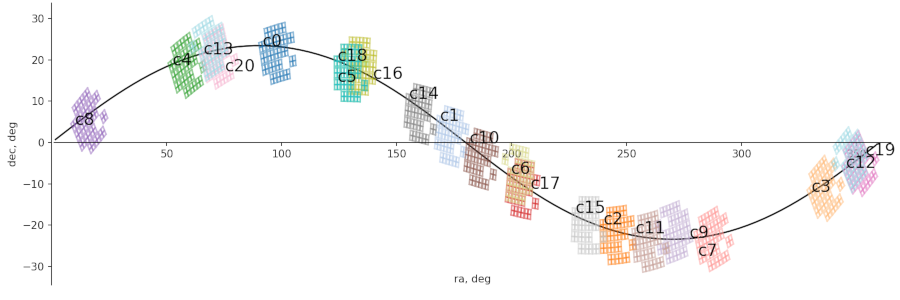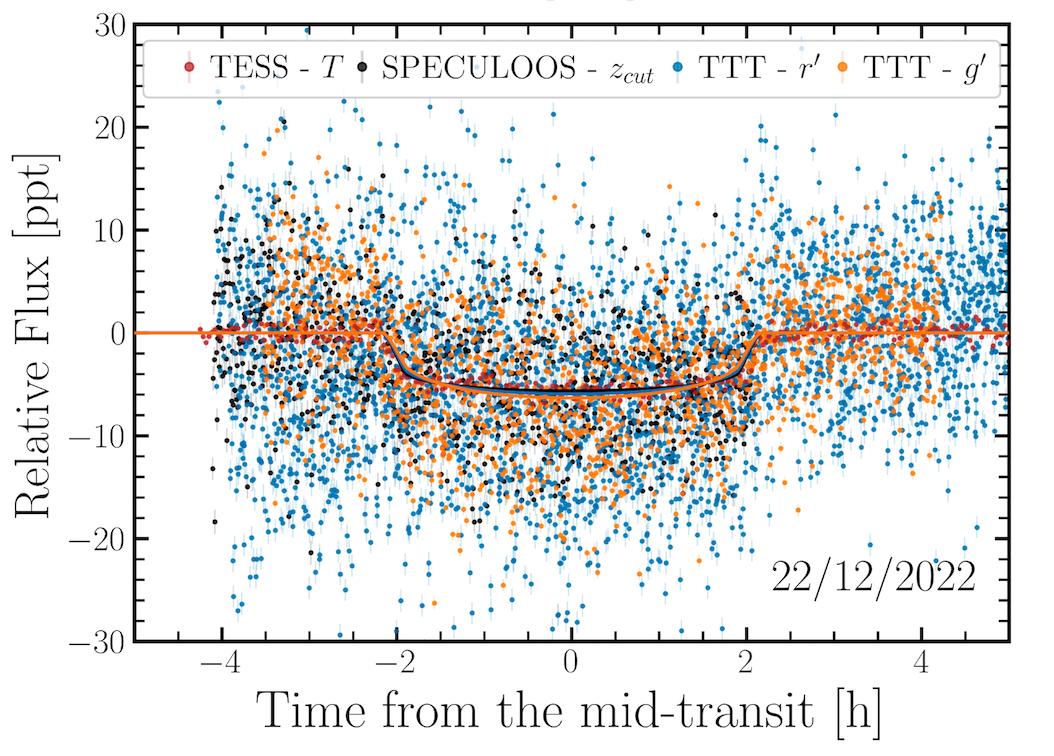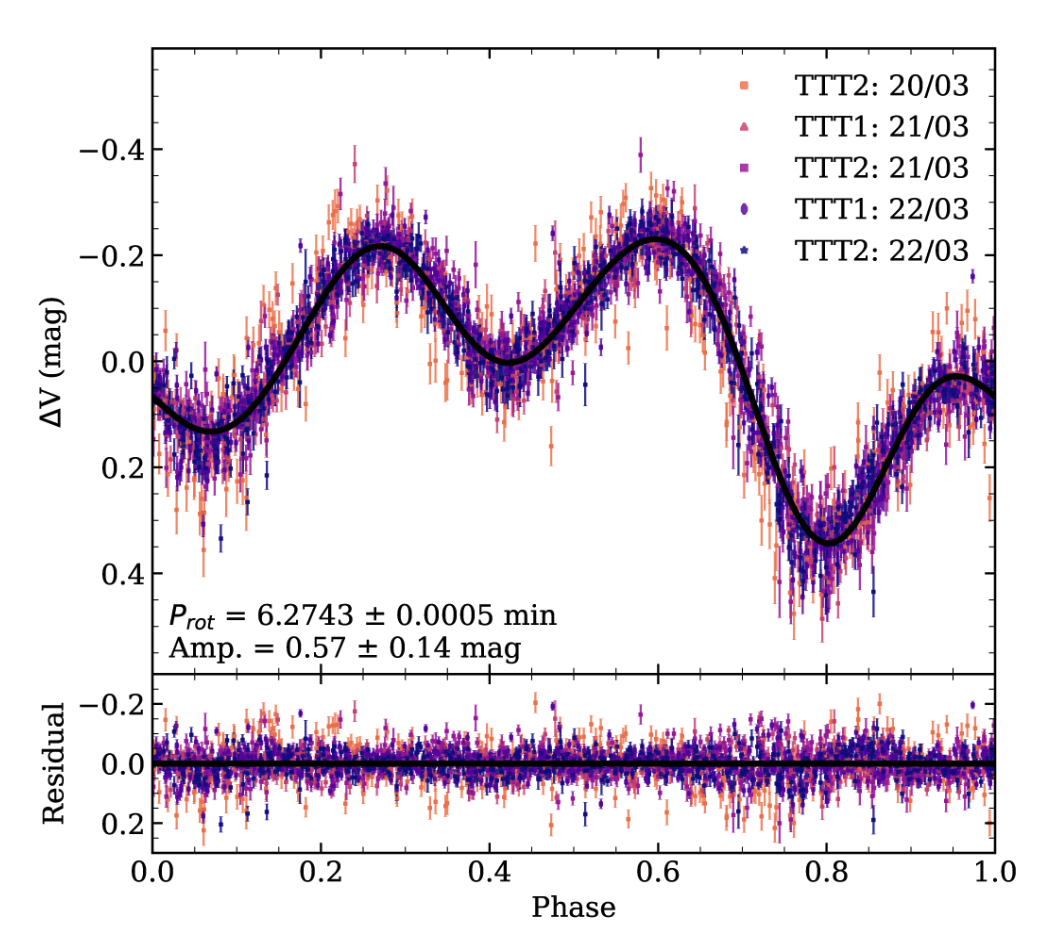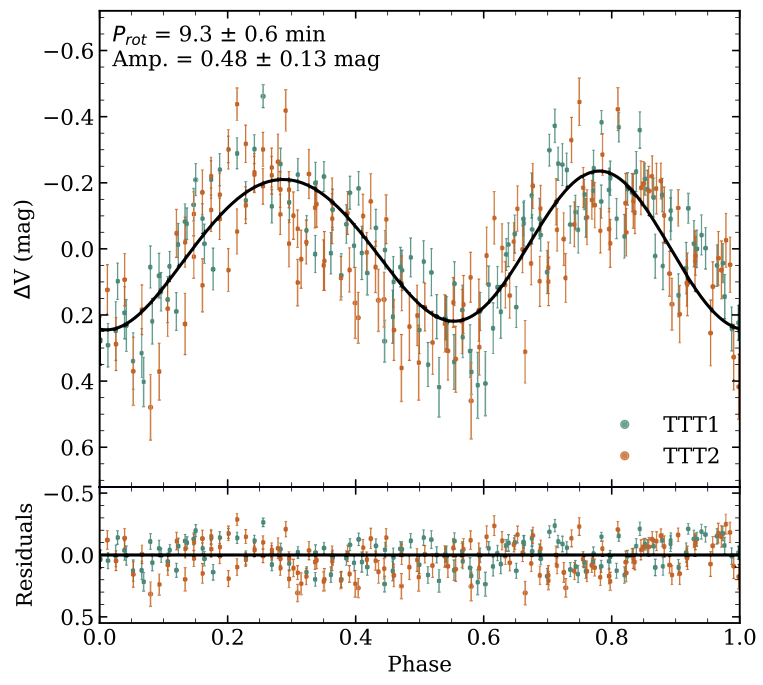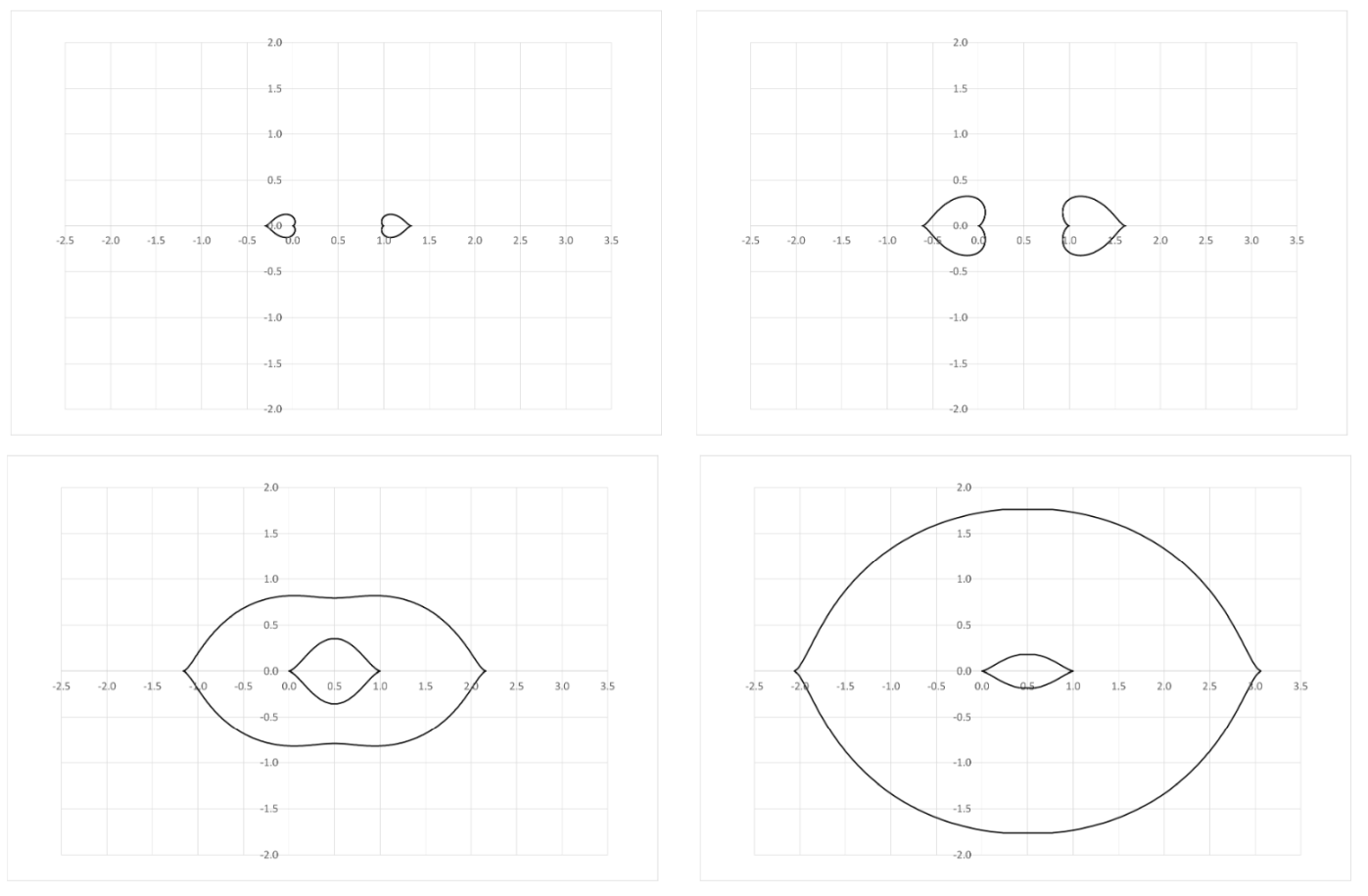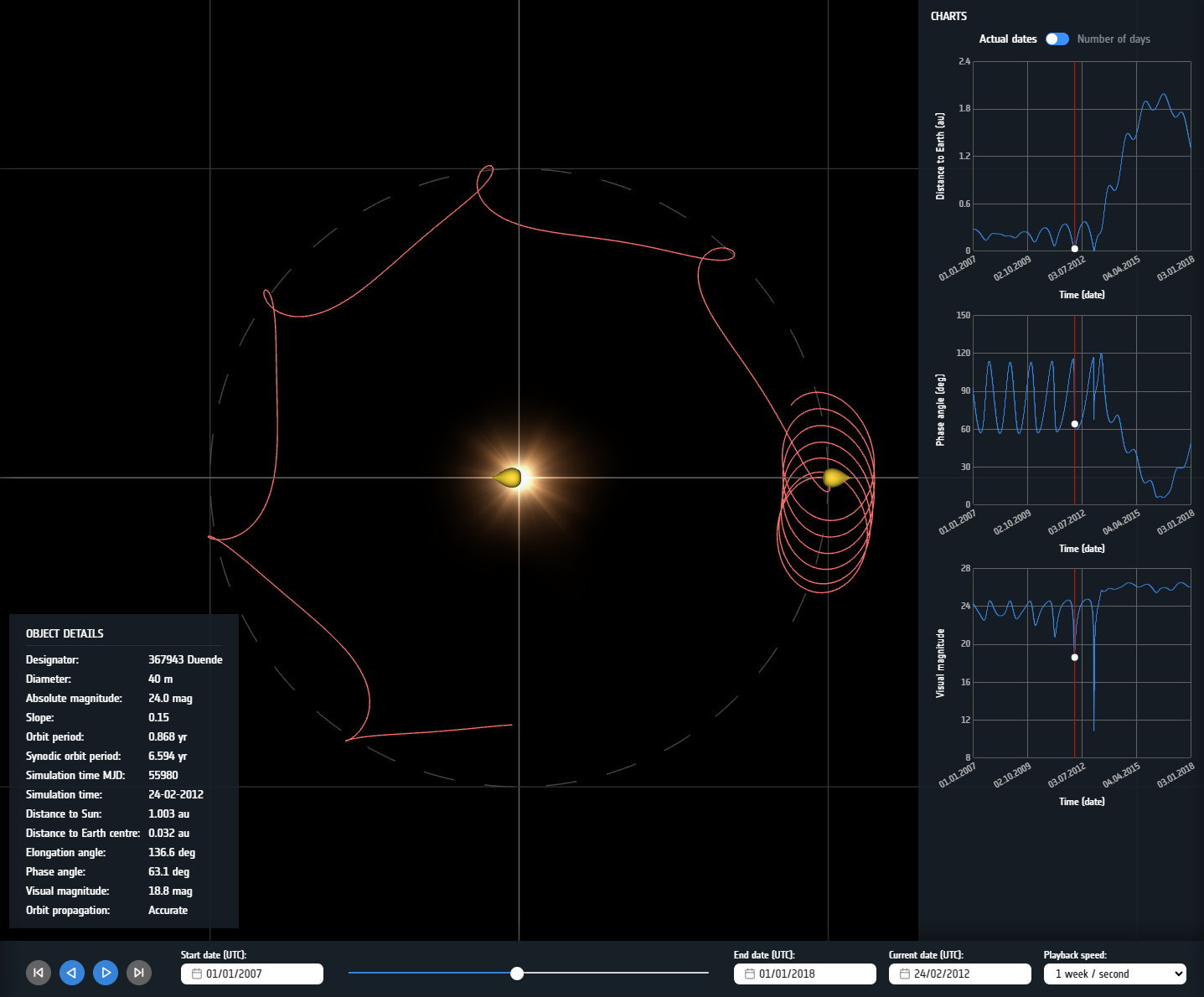SB2
Beyond the Surveys: Observations, Modelling and Follow-up of Asteroids from Ground
Convener:
Dagmara Oszkiewicz
|
Co-conveners:
Agnieszka Kryszczyńska,
Milagros Colazo,
Daniel Hestroffer,
Irina Belskaya,
Simone Ieva
Despite the valuable panoramic view provided by these surveys, there is a continued need for detailed ground-based observations. In particular survey spectrophotometry is limited to specific sets of wavelengths, and sparse photometry yields coarse spin, shape, and phase curve models. Therefore, for a more in-depth analysis, a focus on modeling asteroids based on ground-based observations, in conjunction with survey data, becomes imperative. Furthermore survey data allow for scanning for unusual or peculiar objects requiring detailed analysis and pinpointing objects requiring ground-based follow-up. Medium to small telescopes (< 2-3 m) play a vital role in this complementary, long-term follow-up, demonstrating that very large radars and high angular resolution telescopes are not always necessary. They are also ideal for promptly characterizing newly discovered Near-Earth Objects (NEOs) and objects on the risk list. Data mining archives for astrometry and photometry provides another valuable data source to enhance follow-up efforts. Coordinating large observing campaigns necessitates a network of telescopes, a task made more manageable with remote and robotic access capabilities. Software development for automatic tasking of these telescopes is essential for an efficient follow-up.
In this session, we aim to emphasize the importance of integrating ground-based observations for a more thorough understanding of asteroids. While large surveys provide a broad overview, detailed ground-based data are indispensable for refining models and gaining deeper insights into the diverse characteristics of individual asteroids, asteroid populations and the processes that sculpt them. In this session we strive for a deeper understanding of asteroids with a major focus on ground-based observations.
Session assets
Spin and shapes
08:30–08:45
|
EPSC2024-359
|
ECP
|
On-site presentation
08:55–09:05
|
EPSC2024-326
|
On-site presentation
09:05–09:15
|
EPSC2024-597
|
ECP
|
On-site presentation
09:15–09:20
Q & A panel
Binaries
09:20–09:30
|
EPSC2024-660
|
ECP
|
On-site presentation
09:30–09:40
|
EPSC2024-161
|
ECP
|
On-site presentation
09:40–09:50
|
EPSC2024-975
|
On-site presentation
09:50–09:55
Q & A panel
NEAs
Coffee break
Chairpersons: Milagros Colazo, Agnieszka Kryszczyńska
10:30–10:45
|
EPSC2024-166
|
ECP
|
Virtual presentation
10:45–10:55
|
EPSC2024-1026
|
ECP
|
On-site presentation
10:55–11:05
|
EPSC2024-792
|
On-site presentation
11:05–11:10
Q & A panel
Phase Curves
11:20–11:30
|
EPSC2024-1114
|
ECP
|
On-site presentation
Others
11:30–11:40
|
EPSC2024-100
|
ECP
|
On-site presentation
11:50–11:55
Q & A panel
I1
|
EPSC2024-24
|
On-site presentation
I2
|
EPSC2024-101
|
ECP
|
On-site presentation
I3
|
EPSC2024-188
|
ECP
|
On-site presentation
I4
|
EPSC2024-310
|
On-site presentation
I5
|
EPSC2024-404
|
On-site presentation
Physical characterization of small NEAs with early-response spectroscopy
(withdrawn)
I7
|
EPSC2024-639
|
ECP
|
On-site presentation
I8
|
EPSC2024-747
|
ECP
|
On-site presentation
I9
|
EPSC2024-858
|
On-site presentation
I10
|
EPSC2024-949
|
ECP
|
On-site presentation
I11
|
EPSC2024-942
|
On-site presentation
I12
|
EPSC2024-1143
|
ECP
|
On-site presentation
I13
|
EPSC2024-122
|
On-site presentation
I15
|
EPSC2024-640
|
ECP
|
On-site presentation
I16
|
EPSC2024-389
|
On-site presentation
